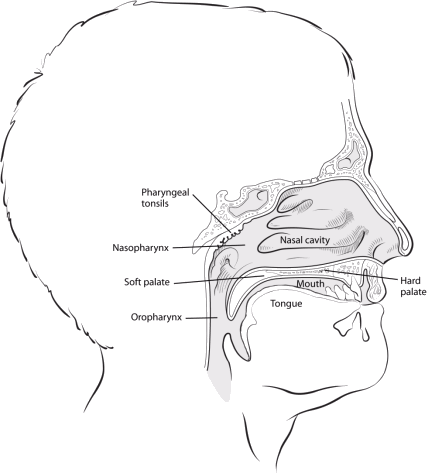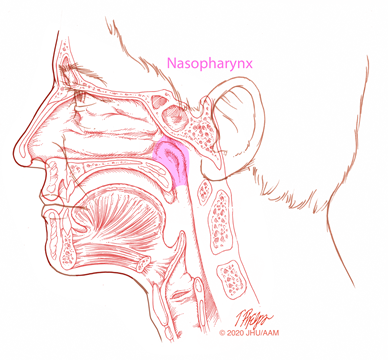
Nasopharyngeal Cancer is a form of throat and head and neck cancer which affects the small structures in the nasal cavity. It begins in the Nasopharynx, also known as the neck lymph node, the top part of the throat just below the nose. When malignant cells start to grow unchecked.
The cancer is usually found on an x-ray and sometimes in tissue samples taken during surgery. There are two forms of this cancer – pleural (in the lung) and paranasal (in the oral cavity). Pleural cancer typically begins in the lung. Paranasal cancer generally begins in the oral cavity. There are several symptoms associated with each form of this cancer.
A common symptom of cancer in the throat, head, and neck is a feeling of fullness in the chest or throat immediately or after a heavy meal or while sleeping. Other symptoms include coughing and wheezing, hoarseness, shortness of breath, and a feeling like you have trouble swallowing.
In the early stages of this cancer, no treatment is required at all. The disease can still be treated with regular examinations and tests. In the later stages of this cancer, chemotherapy can be used, as well as surgery if the tumor is found to have spread.
If throat cancer spreads to the bone, it can cause severe deformation of the bone, jaw, or neck. However, in most cases, there is no deformity, there are only minor deformities of the bones. Some of these deformations may be permanent, but most are not.
Nasopharyngeal cancer is difficult to diagnose. A medical examination is usually done. These examinations can reveal some of the signs of this cancer, and computed tomography can help determine if any malignant cells are present.
Tumors in the neck, head and neck are difficult to treat. Tumors that develop outside the bone (cancerous) tend to react differently than tumors that develop inside the bone (non-cancerous). For example, benign tumors that grow in the throat, head, and neck can be removed with surgery, while cancers that grow in or around the bone may require surgery and radiation therapy.

Treatment options for this cancer differ depending on the stage and location of the tumor
Chemotherapy, which uses chemicals to kill cancer cells, has been very successful in malignant tumors and some benign tumors.
Chemotherapy is administered through the vein into the bone and tissue around the tumor to destroy the cancer cells. It is usually administered once or twice a week. Patients who suffer from complications such as vomiting or blood in their stools may be given a high dose of chemotherapy.
Chemotherapy is sometimes combined with surgery to target the tumor. In the past, this was done using a general anesthetic, but more recently the surgery is performed under local anesthesia and local anesthetics.
Radiation Therapy, also known as radiotherapy, uses high-energy rays, such as x-rays, to destroy cancerous cells. It is usually done through a procedure called "chemo-beam therapy.
Chemo-beam radiation is usually injected into the area surrounding the tumor, which is followed by chemotherapy. During the radiation therapy process, the radiation interacts with cancerous cells, causing them to die. Chemotherapy often destroys about ninety percent of the cells in a tumor. Some of the chemotherapy drugs used for this therapy are docetaxel, carboplatin, cyclophosphamide, and paclitaxel.
Surgery is another treatment option. The most common type of surgery used to treat this cancer is "open surgery." This is done under general or local anesthesia. This is a non-surgical procedure and involves removing part or all of the tumor.